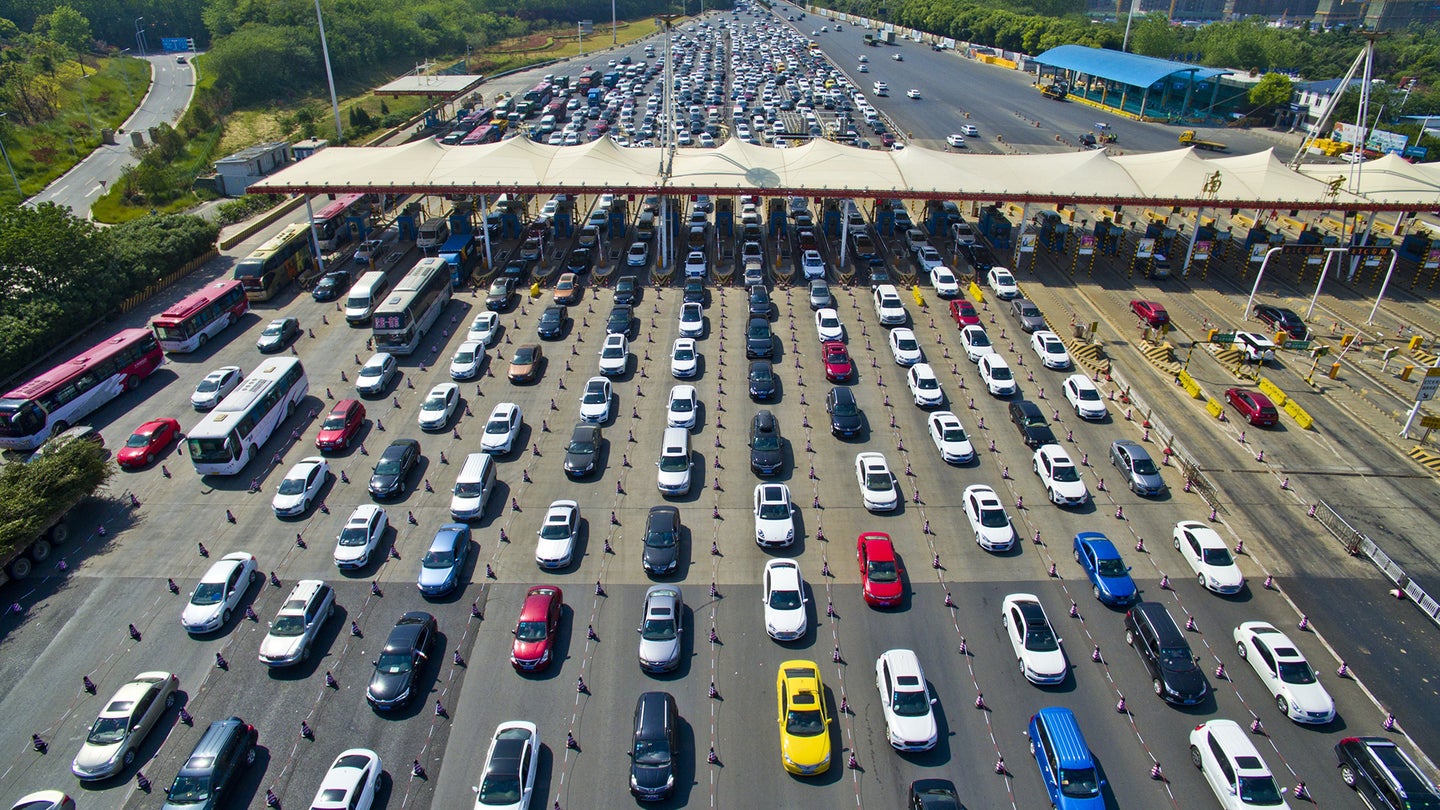Startup AEye’s Hybrid Sensor Is Designed to Help Autonomous Cars ‘See’ Better
The goal is for self-driving cars to perceive the world more like humans.

Most self-driving cars rely on a trifecta of sensors composed of cameras, radar, and lidar to "see" their environment. But each sensor has a weak point, and distribution of the workload requires sophisticated software to put the data from each sensor type together into one complete picture.
A startup called AEye hopes to streamline the process with a hybrid sensor that combines a solid-state lidar unit, low-light camera, and chips capable of running AI algorithms. AEye was founded by Luis Dussan, whose resume includes stints at Northrop Grumman, Lockheed Martin, and NASA's Jet Propulsion Laboratory. Dussan told MIT Technology Review that he originally wanted to focus on AI for self-driving cars, but concluded that the sensors available couldn't provide the amount of data he wanted.
Solid-state lidar units like the one in AEye's new "iDAR" sensor are cheaper than conventional lidar units but are also generally less effective because they can't aim light beams across as broad an area. AEye hopes to compensate for this by redirecting the beams. Its lidar unit can scan a wide area at low resolution, or a specific spot at high resolution. Like a human eye, it can shift its focus as needed.
But the key to the whole shebang is how the lidar and camera work together. The camera adds color to the lidar unit's images, which is important for identifying brake lights and the like. It also tells the lidar where to focus on, using image-recognition software to prioritize objects. AEye believes it can get better results from this selective approach, rather than scanning everywhere all of the time. After all, being able to prioritize what one is looking at is a key asset of human drivers.
The AEye iDAR sensor does have its limits, though. The sensor only has a 70-degree field of view, so multiple sensors would have to be placed on the car for full coverage. AEye's Dussan would not quote a price but said the device is meant to be a high-end option that will emphasize performance over cost. Given that the best lidar systems are already quite expensive, this is another indication that self-driving cars may initially be reserved for the wealthy.
